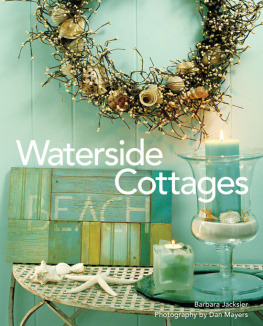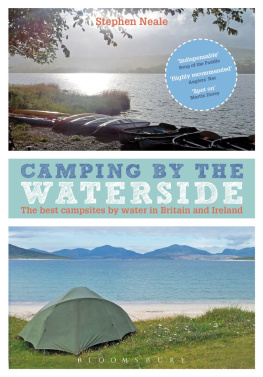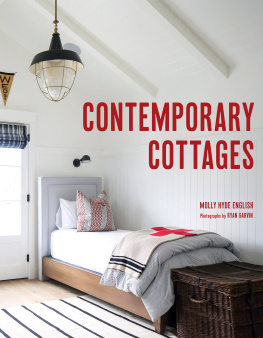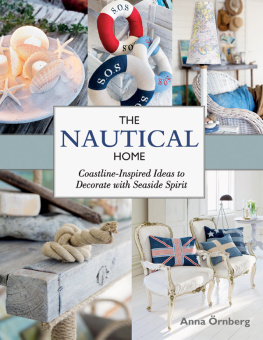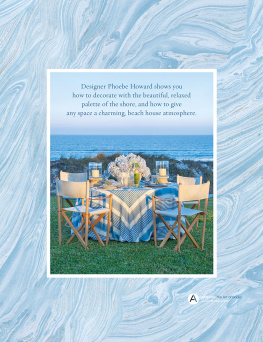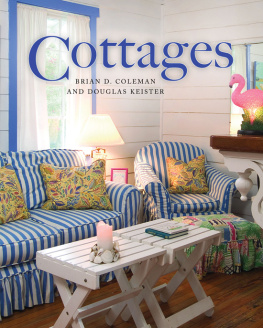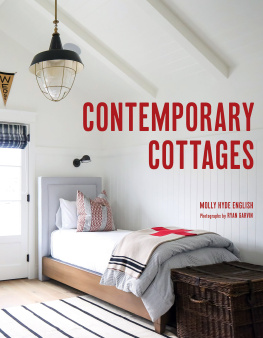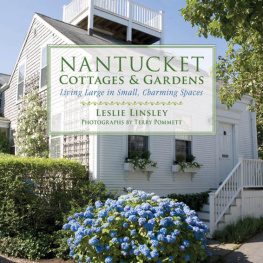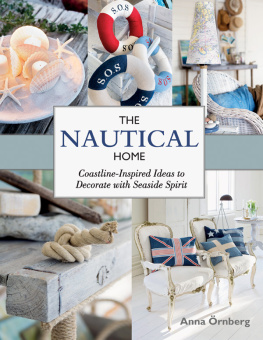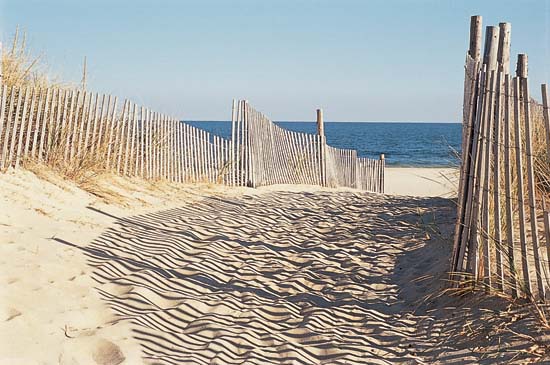All rights reserved. No part of this book may be reproduced by any means whatsoever without written permission from the publisher, except brief portions quoted for purpose of review.
Acknowledgments
It takes a lot of help to take an idea and turn it into a printed book. Waterside Cottages would not have been possible without the eagle eyes of the scouts who helped us find the gorgeous waterside homes featured here; the kindness of the homeowners who opened their houses and hearts to us; the dedication of our editor, Lisa Anderson, the designer, Debra McQuiston, and the production department and marketing staff at Gibbs Smith; and the unfailing support of our families. Wed also like to thank the McCauley family for letting us photograph in their Marin County, California cottage.
For leading us to many of the cottages we profiled, we are grateful to Anna Ball, Rich Blumm, Christine Mumma Booth, Jackie Carnegie, Sara Evans, Aubr Duncan, Joan Gordon, Sunday Hendrickson, Suzie and Mark Holt, Lisa Miller, Nancy King Monk, Fifi ONeill, Alison Wells, and Jeff West.
The seeds of inspiration for this book were sown during the time we traveled coast to coast, photographing homes for Cottage Style magazine. Thank you, Stan Harris, Phyllis Goldstein, Diane Speros, and Ellen Wolynec, for your support during that time.
Dan extends a huge thank-you to all the homeowners who allowed him to enter their lives and explore their creativity as he photographed their homes. He thanks Misha and Lola for their support with all of his travels and life. He also thanks his parents for encouraging his love of the ocean.
For setting up her Web site (www.barbarajacksier.com) and The Book Blog (www.barbarajacksier.blogspot.com), Barbara thanks Fred Jacksier-Chasen and fellow blogger Tara Frey. For her continual inspiration, Barbara is grateful to Renita Steinberg and the Ruetenik-Hudson family. She is truly indebted to Ruth Jacksier and her dog, Belgium, for being her most ardent supporters through thick and thin. Finally, she thanks Everett Chasen for his continual help, encouragement, and editorial support. Lets do it again soon!
Preface
Looking through photos of homes that we considered for inclusion in this book, photographer Dan Mayers and I asked ourselves the same questions over and over again. Would arriving at the cottage make us feel like trading in our ordinary shoes for flip flops? Did the kitchen and dining areas give us a hint that fresh-caught lobster, shrimp fritters, or grilled catch-of-the-day might be on the menu? Were there any unique coastal cues in the way the living room and bedrooms were decorated?
In other words, was it possible to tell the home was located on the shore of a lake, river, or oceanwithout seeing the view from the window?
The thirteen houses we selected differ greatly in their decorating schemes, but all have the ability to instantly transport you to the waters edge. Some are centuries old and others were built recently. A few boast vibrant Caribbean colors or nautical hues, while others rely on an all-white palette for a sense of serenity. Some feature rooms filled with coastal keepsakes and accumulated treasures; others celebrate simplicity.
Whether they are primary residences, artists retreats, or weekend getaways, all of the cottages in this book offer their owners and guests a place to enjoy time together, to chill out, and to feel sheltered and protected from the raging sea and the world outside. We hope youll share our discoveries of new and creative ways to translate a love of waterside surroundings into successful decorating schemes using creative design solutions.
Barbara Jacksier
Introduction
What is it that draws generation after generation to lands end? Nearly all who dwell by the shore will tell you the pleasures of hearing the rhythm of waves or watching the sunset over the water far outweigh any inconveniences.
Salt sticks in the shakers, humidity ruins porch furniture, garden roses wither from salt spraystill theres something irresistible about living by the water.
As if countering the vastness of mighty oceans, most of those who live on Americas coastlines have historically built homes of small proportions on snug lots. Although architectural styles vary greatly, these petite waterside dwellings are generally referred to as cottages or bungalows. Their exteriors are frequently painted in sun-reflecting whites, nautical blues, or whimsical colors.
The interiors of these houses likewise avoid formality in favor of a casual approach. For many cottage owners, the goal is to create the illusion that their dcor is somehow thrown together, albeit very tastefully.
Even in homes designed by professionals, theres always a place for found objects in a seaside home. Small detailssuch as sea urchins casually piled in an antique bowl or a bookcase display of sand pailsare what truly give cottages that elusive quality known as coziness.
Since old-fashioned summer cottages were often furnished with sturdy but past-its-prime furniture, todays cottage owners seek to replicate that spirit through flea market finds. Whitewashed antique four-poster beds or seating cloaked in washable fish print slipcovers can give any room the kind of atmosphere that brings back bygone days of childhood shore vacations.
To add to the summery mood, bare wood floors are often punctuated with sisal mats or hand-painted floor cloths. Windows are left undressedas long as shading from the sun is not required. When necessary, gauze panels or plantation shutters effectively filter the sun without blocking the view.
Cottages used as weekend getaways and vacation retreats spotlight design features encouraging residents and guests to relax and unwind. A croquet set on the lawn, boxes of old-fashioned board games stacked near a table, or a shelf of old books waiting for new readers all hold the promise of simple fun. These amusements offer a trip down memory lane for older generationsand a new kind of thrill for todays plugged in young people.

Shelves filled with colorful sand pails and hand-painted signs offer the promise of simple summer fun.
Getting Waterside Style
Waterside style need not beand often is notconfined to residences within walking distance of an ocean or lake. Several attributes define successful coastal decorating, and anyone, anywhere, can create a casual waterfront atmosphere, even when the nearest body of water is a thousand miles away!
Choosing colors compatible with ocean views; adding patterns to your furniture and walls that evoke the water or waterfront activities; keeping your decorating scheme simple; using materials associated with the sea; finding antiques that have aged gracefully; prominently displaying items, like seashells and sea glass, found on beaches; and collecting maritime memorabilia are all elements the owners of the homes in this book have successfully mastered.

